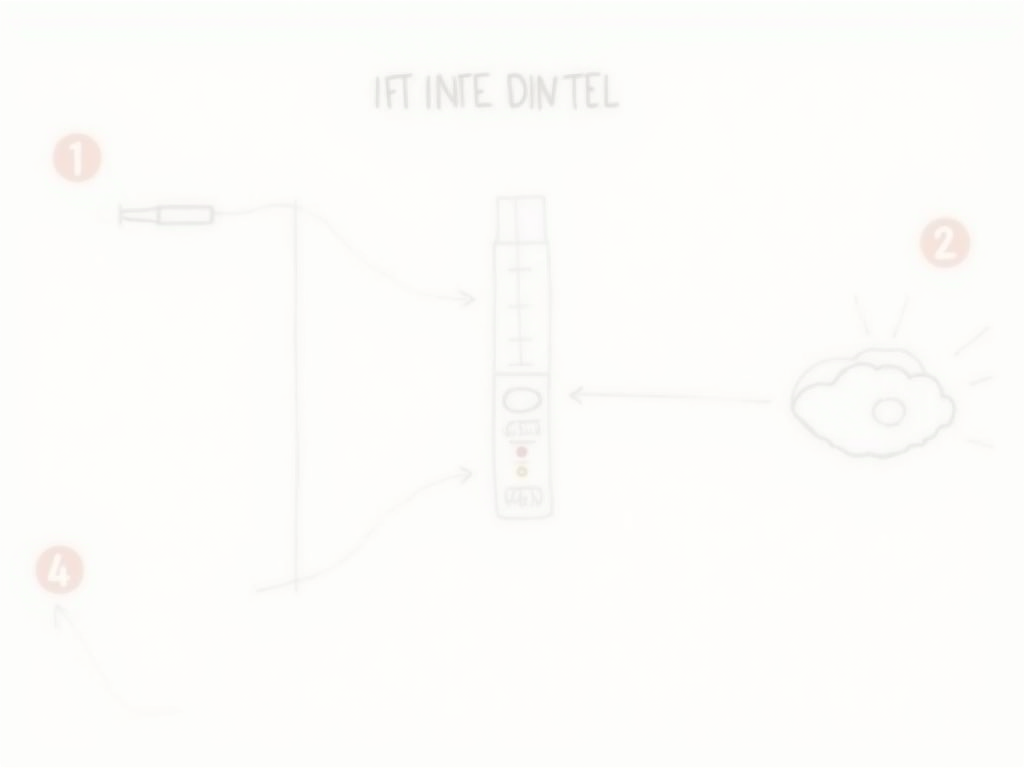Understanding Infertility Diagnosis and Lifestyle Factors
June 14, 2025, 5:24 p.m.
Infertility is a common challenge for many couples. It can feel overwhelming, but knowing how infertility diagnosis works and how lifestyle factors play a role can make a difference. This article covers infertility basics, diagnosis steps, IVF, and lifestyle tips to boost fertility.
What is Infertility?
Infertility means not being able to conceive after a year of unprotected sex. For women over 35, it’s after six months. It can affect men, women, or both. About 10-15% of couples worldwide face infertility. It’s more common than many think, but people don’t always talk about it. Opening up can help others feel less alone.
The numbers show infertility isn’t rare. In the U.S., around 1 in 8 couples struggle to conceive or stay pregnant, according to the CDC. That’s millions of people every year looking for answers and support.

Common Causes of Infertility
Infertility has many causes. Some are physical, others are tied to habits or age.
In Women
- Polycystic Ovary Syndrome (PCOS): Hormones get out of balance, making ovulation tricky.
- Endometriosis: Extra tissue grows outside the uterus, which can block things.
- Age: After 35, eggs decrease in number and quality.
In Men
- Varicocele: Swollen veins in the scrotum hurt sperm production.
- Low Sperm Count: Not enough sperm or poor movement can be an issue.
- Habits: Smoking or heavy drinking can lower sperm quality.
Sometimes, it’s a mix of factors. Stress or weight issues can add to the problem for both partners. Knowing the cause is the first step to finding a solution.

The Diagnosis Process
If you’re worried about infertility, start with a doctor visit. They’ll ask about your health history and do a physical check. Infertility diagnosis takes time, but it’s worth it to understand what’s happening.
Tests for Women
- Blood tests to check hormones like FSH or progesterone.
- Ultrasound to see the ovaries and uterus.
- Hysterosalpingogram (HSG): An X-ray to look at fallopian tubes.
Tests for Men
- Semen analysis to count and check sperm health.
- Blood tests for hormone levels if needed.
Getting results can feel heavy. One couple I know, Emily and Tom, said hearing they needed more tests was tough. But it gave them a clear path forward. Support from friends or a counselor can help during this time.
IVF as a Treatment Option
When tests point to a cause, doctors may suggest treatments. IVF, or in vitro fertilization, is a popular option. Eggs and sperm are combined in a lab, then placed in the uterus. It’s not simple, but it works for many.
Here’s how IVF goes: 1. Stimulation: Medicine helps the ovaries make more eggs. 2. Retrieval: A doctor collects eggs with a small needle. 3. Fertilization: Sperm meets egg in the lab. 4. Transfer: Embryos go into the uterus. 5. Waiting: A test checks for pregnancy after two weeks.

IVF isn’t a sure thing. Success depends on age and health. For women under 35, it works about 40% of the time per try, says the American Society for Reproductive Medicine. Older women see lower rates, but it’s still hope for many.
Take Lisa and Mike. They tried IVF after years of waiting. It took two rounds, but they welcomed a baby girl. Lisa said the waiting was the hardest part, but staying positive kept them going.
Lifestyle Factors That Affect Fertility
Infertility diagnosis often points to medical issues, but lifestyle factors matter too. Small changes can improve your chances.
| Factor | Impact on Fertility | Action to Take |
|---|---|---|
| Diet | Poor food choices hurt hormones | Eat fruits, veggies, lean protein |
| Weight | Too high or low affects cycles | Aim for a healthy range |
| Stress | High levels mess with hormones | Try yoga or deep breathing |
| Smoking/Alcohol | Lowers sperm and egg quality | Cut back or quit |

Diet’s a big one. A Mediterranean diet—think olives, fish, and greens—can boost fertility. Exercise helps too, but don’t overdo it. Moderate walks or swimming are perfect. Stress is sneaky. It throws off hormones quietly. Mindfulness or even a hobby can calm things down.
Sarah and John learned this firsthand. Sarah had PCOS, and doctors said losing a little weight might help. They cooked healthier meals together and walked daily. After months, her cycles improved, and they conceived naturally.
Toxins are another factor. Things like pesticides or chemicals in plastics can hurt fertility. Switching to natural cleaners or glass containers is an easy fix. Every bit helps when you’re trying to conceive.

Personal Stories and Insights
Real experiences show how infertility diagnosis and lifestyle factors connect. Emily and Tom found out his sperm count was low. Quitting smoking and eating better made a difference. They’re still trying, but they feel more in control.
Then there’s Maria. She went through IVF at 38. She said staying connected with her husband was key. They made time to talk and relax, even during treatment. It wasn’t easy, but their son arrived last year.
Support matters. Whether it’s a partner, family, or a group online, having people who get it can lift you up. Infertility feels isolating, but you’re not alone.

Summary
Infertility is tough, but understanding it helps. Infertility diagnosis reveals what’s wrong, treatments like IVF offer hope, and lifestyle factors can tip the scales. Couples like Sarah and John or Maria show it’s possible to move forward. Check out the readings below for more support.